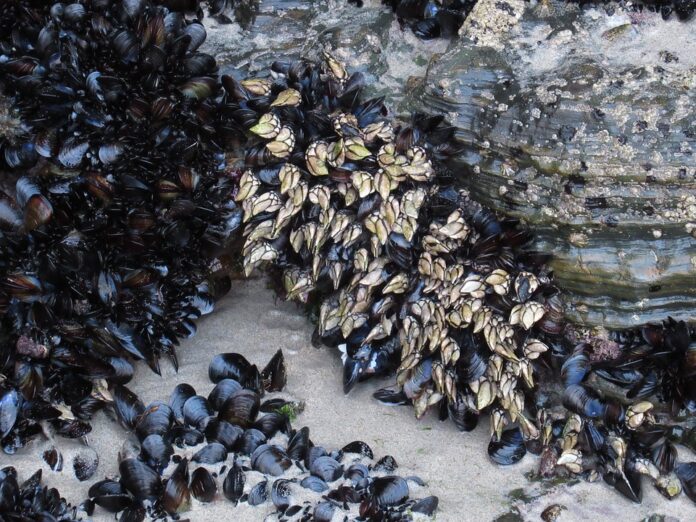The Current State of the Goose Neck Barnacle Industry
The goose neck barnacle industry has been steadily growing over the past few years, with an increasing demand for this delicacy in both local and international markets. The industry is primarily concentrated in regions with rocky shorelines, where these barnacles thrive in the intertidal zone.
Market Trends
The market for goose neck barnacles has been influenced by various factors, including changing consumer preferences, environmental regulations, and technological advancements. Consumers are becoming more aware of the nutritional benefits of barnacles, leading to an increase in demand for this seafood product.
Production and Distribution
The production of goose neck barnacles typically involves harvesting them from rocky shorelines or cultivating them in artificial habitats. These barnacles are then processed and distributed to markets around the world. Spain, Portugal, and South Korea are among the leading producers of goose neck barnacles.
Future Predictions for the Goose Neck Barnacle Industry
As we look ahead to the next decade, several trends and developments are likely to shape the future of the goose neck barnacle industry.
1. Increased Demand for Sustainable Seafood
One of the key drivers of growth in the goose neck barnacle industry will be the increasing demand for sustainable seafood options. Consumers are becoming more conscious of the environmental impact of their food choices and are seeking out products that are harvested or cultivated in a sustainable manner. This trend is expected to drive the adoption of sustainable practices within the industry, such as responsible harvesting techniques and eco-friendly cultivation methods.
2. Technological Advancements in Cultivation
As the demand for goose neck barnacles continues to grow, there will be a greater emphasis on technological advancements in cultivation methods. Innovations in aquaculture techniques, such as the development of artificial habitats and automated harvesting systems, will help to increase production efficiency and reduce the industry’s reliance on wild harvests. These advancements will also help to ensure a more consistent supply of high-quality barnacles year-round.
3. Expansion into New Markets
The goose neck barnacle industry is currently concentrated in a few key regions, but there is significant potential for expansion into new markets. Emerging economies in Asia and Latin America present lucrative opportunities for growth, as consumers in these regions become more affluent and adventurous in their food choices. By tapping into these new markets, the industry can diversify its customer base and reduce its dependence on traditional markets.
4. Challenges in Sustainability and Conservation
Despite the promising growth prospects for the goose neck barnacle industry, there are challenges that must be addressed to ensure its long-term sustainability. Overharvesting, habitat destruction, and pollution are some of the key threats facing barnacle populations worldwide. To mitigate these risks, industry stakeholders will need to work together to implement conservation measures, such as marine protected areas and sustainable harvesting quotas. By taking a proactive approach to sustainability, the industry can safeguard the future of this valuable resource for generations to come.
Conclusion
In conclusion, the future of the goose neck barnacle industry looks bright, with promising opportunities for growth and innovation on the horizon. By embracing sustainability, technological advancements, and market diversification, the industry can position itself for success in the next decade and beyond. As consumer demand for high-quality seafood continues to rise, the goose neck barnacle industry is poised to thrive in a rapidly evolving global marketplace.



